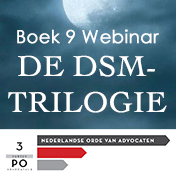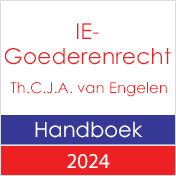 B9 10398. Gerecht EU, 10 november 2011, zaak T-313/10, Three-N-Products Private tegen OHIM /Shah.
B9 10398. Gerecht EU, 10 november 2011, zaak T-313/10, Three-N-Products Private tegen OHIM /Shah.
Merkenrecht. EU-oppositieprocedure o.g.v. het gemeenschapsbeeldmerk en het gemeenschapswoordmerk met het woordelement AYUR (voor verzorgingsproducten) tegen de inschrijving van het woordmerk AYUURI NATURAL. Het gerecht vernietigt de beslissing van het OHIM en wijst de oppositie alsnog toe:
54. In the light of all the foregoing, the Board of Appeal was wrong to conclude that the signs at issue exhibited a low degree of overall similarity. Given the average or high degree of visual similarity and the average degree of phonetic similarity, as well as the conceptual similarity for a part of the relevant public [the assertion that alternative medicines, and in particular Ayurveda, are well known and have infiltrated European culture is not sufficiently substantiated], it must on the contrary be concluded that the signs at issue bear at least an average degree of overall similarity.
56. The Board of Appeal took the view that the term ‘ayur’ has weak distinctive character since a large part of the relevant public will understand this term as being derived from ‘Ayurveda’, which is a recognised name for a form of alternative medicine originating in India. (…)
60/63. Regarding the distinctive character of the earlier marks, it follows from paragraphs 47 to 51 above that only a part of the relevant public will readily associate the terms ‘Ayurveda’ and ‘ayur’ for the relevant products. Accordingly, the earlier marks can be considered weakly distinctive only for a part of the relevant public. In the present case, as has been recalled above, the goods in question are identical or similar and the marks at issue exhibit at least an average overall degree of similarity.It follows that, since the earlier marks are distinctive for a part of the relevant public and given the similarities between the goods and signs at issue, it must be concluded that there is a likelihood of confusion between the conflicting marks.
65. (….) Accordingly, even if the distinctive character of the earlier marks were considered weak for all of the relevant public, the similarities between the goods and signs set out at paragraph 62 above would justify the conclusion that there exists a likelihood of confusion.
Lees het arrest hier.



























































